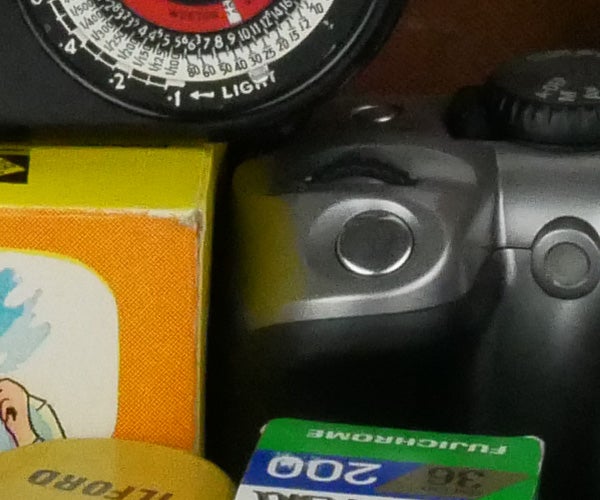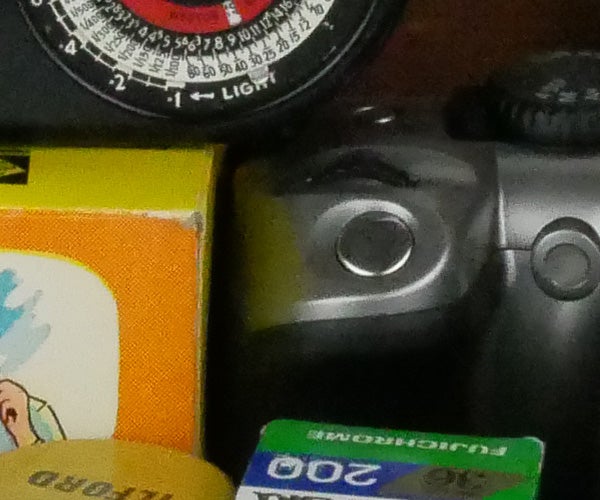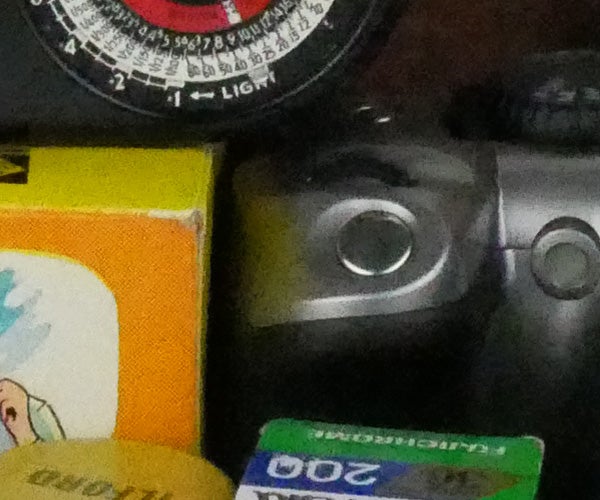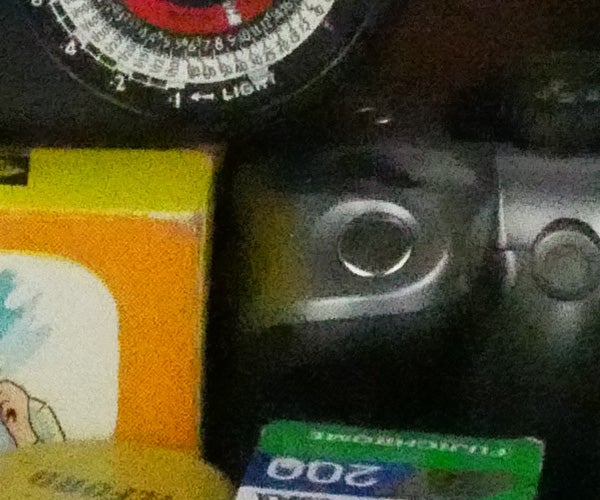Andy Westlake examines the Panasonic Lumix GX80, Panasonic’s latest mid-range compact system camera
Panasonic Lumix GX80 review
Test results
Dynamic range

The GX80 gives pretty typical dynamic range measurements for a Micro Four Thirds model in our Applied Imaging tests.
It can’t quite match most APS-C cameras at low ISOs, although with readings above 11 EV at ISO 100 and 200, there’s still real scope for recovering additional shadow detail from raw files.
At ISO 1600 a figure of 9.2EV indicates that the camera’s files should still give good detail rendition through the full tonal range, but will have little scope for further manipulation.
Beyond this things get marginal, with the ISO 3200 and ISO 6400 reading indicate increasing noise that will have a particularly negative effect on shadow detail. The two top settings have very low readings indeed, indicating poor image quality.
ISO sensitivity and noise
Below are 100% crops from JPEGs of our studio test scene, shot using the Panasonic 12-32mm lens at 25mm. The idea here is to show how noise impinges on detail as the ISO setting is raised.
There are no huge surprises here, with the GX80 behaving like other recent Micro Four Thirds cameras. It gives nice, clean images at low ISOs, and is perfectly useable up to about ISO 1600.
However, higher settings are increasingly affected by noise, and while ISO 3200 and even ISO 6400 should be OK for web and small prints, the top two sensitivity settings are very noisy and really for emergency use only.

Panasonic GX80 ISO 100

Panasonic GX80 ISO 200

Panasonic GX80 ISO 400

Panasonic GX80 ISO 800

Panasonic GX80 ISO 1600

Panasonic GX80 ISO 3200

Panasonic GX80 ISO 6400

Panasonic GX80 ISO 12800

Panasonic GX80 ISO 25600




